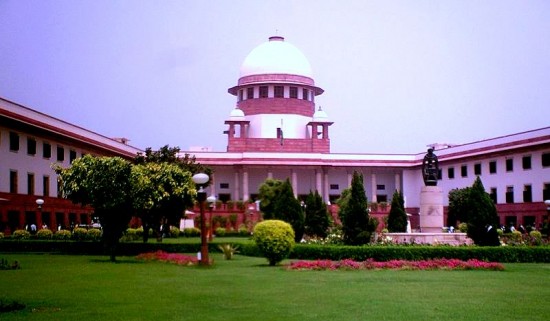By Vidyut The second day of proceedings in the Supreme Court on the constitutionality of Aadhaar began with Advocate Shyam Divan presenting diagrams showing the distinction between deterministic and probabilistic methods of identification and the moments of enrolment and the moments of authentication. Mr. Divan pointed out that machines used for authentication were of lower quality. Justice Chandrachud remarked that they might even be unreadable in the case of manual labourers or ageing. Mr. Divan agreed. He said that he would finish the technical presentation, take the Court through the privacy judgment, and then the Aadhaar Act. There were three problems: the integrity of the process, the integrity of the information, and a pervasive violation of fundamental rights. He would address three issues pertaining to fundamental rights: privacy, autonomy, and compelled speech. Mr. Divan brought up the question of integrity of process of the UIDAI and informed consent for the enrolment of Aadhaar. He showed the court the enrolment form and pointed out that there was no mention on the form of the enrolment being voluntary, no mention of biometrics, no verification, no signature of enroller or enrollee, no counselling, no purpose stated for the collection of the information. Referring to a question by Justice DY Chandrachud yesterday regarding limited purpose, Mr. Divan highlighted that this programme, by design, is a general purpose database of identity data. A discussion followed regarding the consent to share the data and Mr. Divan referred to an affidavit on record that says the software would not take…





























